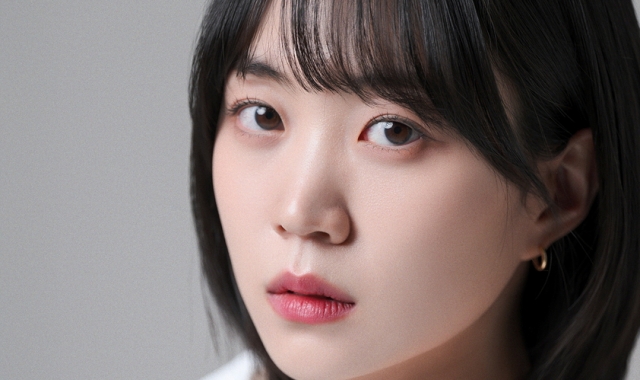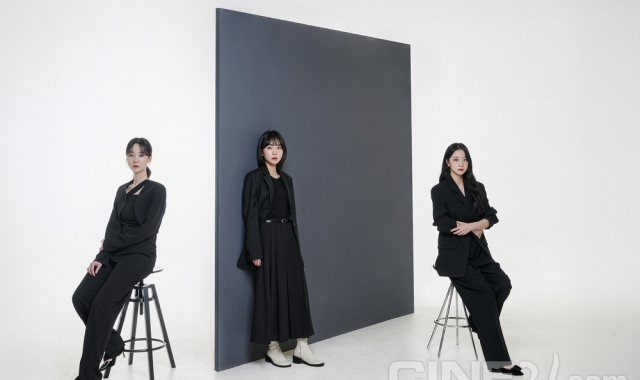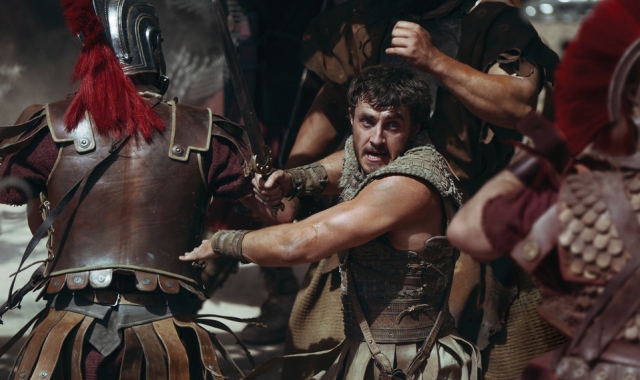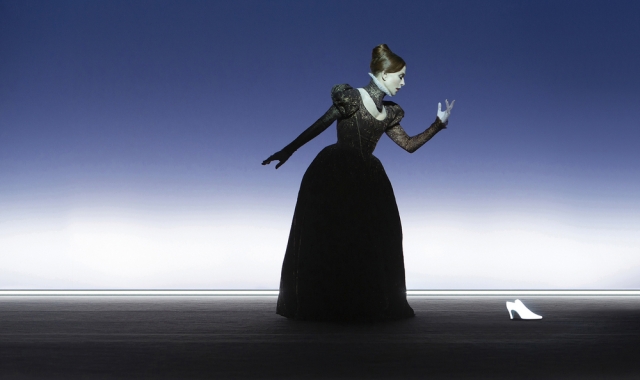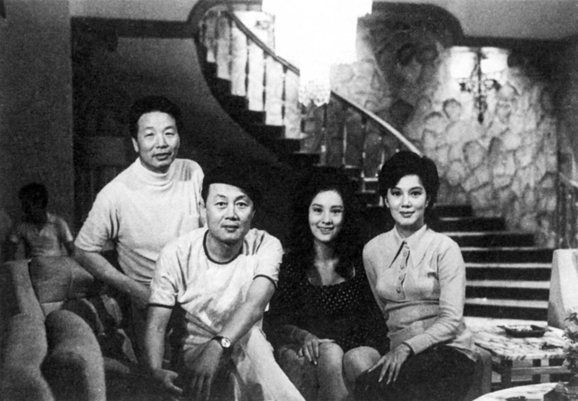
눈과의 사투를 벌이고 있는 농민들의 삶을 기록한 영화 <설국>이 2005년 10월 야마가타국제다큐멘터리영화제의 개막작으로 상영되었다. <설국>은 이시모토 토키치 감독이 3년에 걸쳐 야마가타현 신조에서 장기 촬영을 통해 완성한 작품. 일본 다큐멘터리의 원점이라고도 말하는 <설국>의 상영은 ‘이노우에 칸’이라는 일본 이름으로 일본 영화계에서 거대한 족적을 남긴 조선 출신의 촬영감독 이병우에 대한 헌정이었다. 이 상영은 이노우에 칸이 한국인 이병우라는 것을 밝히는 본명 선언이었다.
60년이 넘는 영화인생 동안 기록영화는 물론 극영화, TV, CF 등 다양한 영역에서 160여편의 작품을 촬영감독 또는 감독으로 만들어낸 이병우는 1912년 전주에서 태어났다. 1928년 서울의 중동 중학교를 중퇴한 그는 에이젠슈타인의 작품 <전선> 등 소비에트 영화에 깊은 감동을 받고 영화에 뜻을 세운다. 그는 밀항으로 일본에 건너가 신문 배달을 하면서 일본 프로키노(일본 프롤레타리아 영화동맹)에 참가해 영화와 카메라를 배웠다. 이후 이노우에 토키치 감독의 작품 <바다의 수훈자(殊勳者)>의 카메라맨으로 데뷔했다.
이병우가 1941년 촬영 감독한 <하늘의 소년병>은 당시 최고의 문화 영화로 인정을 받았다. 해군 항공병이 되기 위해 입대한 소년병의 혹독한 훈련 모습을 박진감 있고, 감동적으로 기록한 이 영화는 단순한 선전영화의 경계를 뛰어넘었다는 평가를 받고 있다. 역동적인 장면을 카메라에 담기 위해 자신의 몸을 비행기에 묶고 함께 하늘을 날으면서 촬영한 일화는 일본 영화계의 전설로 남아 있다.
“급강하, 급상승, 급회전으로 역류하는 피가 입과 코로 터져나왔다. 촬영을 마치고 난 후 비행장에 널부러졌다. 그날 밤 잠자리에서도 천장은 계속해서 돌고 있었다.” <하늘의 소년병>을 촬영하던 당시 상황에 대한 그의 회상이다. 지친 일본군의 모습을 묘사해 ‘반전 감독’이라 일컬어지는 가메이 후미오 감독은 <하늘의 소년병>을 “일본의 과거 교육에 대한 통렬한 항의”라며 찬사를 보냈다.
해군성이 후원한 선전영화 <하늘의 소년병>은 훈련을 받고 있는 소년병들의 모습만이 아니라 입대하는 소년병들과 헤어지는 가족들의 애틋한 모습도 담았지만 최종의 편집과정에서 혀용되지 않았다고 한다. 모든 영화가 철저하게 통제되던 전쟁의 시기였지만 그는 영화 속에서 인간의 드라마를 표현하고자 노력했다. 그의 영화는 진솔한 기록 정신이 담긴 서정시라고 일컬어진다. 하지만 그것은 식민지 출신 영화인의 고뇌였을 것이다.
그는 영화를 위해서라면 온몸을 던져 촬영을 감행했다. 전쟁이 끝난 뒤에 일본의 극영화를 촬영하면서도 촬영을 위한 그의 투혼은 멈추지 않았다. 자동차의 본네트에서 촬영을 하다 떨어져 의식불명의 상태가 되기도 했고, 철교 위에서 열차를 촬영하기 위해 위험을 무릅썼다.
전쟁이 끝난 뒤 그는 와카스기 미츠오 감독의 <엄마없는 아이와 아이없는 엄마>(1952년), 가메이 후미오 감독의 <기지의 아이들>(1953년), 이에키 미요지 감독의 <모두가 우리의 아이>(1963년)를 비롯해서 자신이 프로듀서를 한 세키가와 히데오 감독의 <혼혈아>(1953년) 등 전쟁의 상처를 안고 있는 아이들에 관한 작품을 많이 남겼다. 미군 기지촌에 살고 있는 아이들의 삶의 모습을 아이들의 시선으로 진지하게 기록한 <기지의 아이들>은 김순명이 프로듀서가 되어 만든 작품이다.
전후 재일한국인들과 일본의 진보적인 영화인들은 힘을 합쳐서 일본의 전쟁 책임과 사회 현실을 직시하는 작품을 만들었다. 일본의 진보적 영화인들의 이런 작품 생산은 전쟁 과정에서 무기력했던 정신적 공황을 회복하려는 관심과 노력이었다.
전후에도 그는 계속 일본에 남아 영화를 촬영했다. 하지만 그는 자신의 출신지인 한국의 영화계에 대해서도 많은 관심을 가지고 지원을 했다. (당시 일본의 촬영기술 및 인력들을 충무로에 적극적으로 소개했다는 점에서 그는 한국영화기술사 연구에 있어서도 매우 중요한 인물이다) 김수용 감독의 <굿바이 동경>(1966년)과 <화조>(1978년), 신상옥 감독의 <대원군>(1967년) <이순신>(1970년) <이별>(1973년) 등의 작품을 촬영했다. 김수용 감독이나 신상옥 감독과는 가족과 같은 각별한 관계를 유지하고 있었다.
이병우는 말년까지 카메라를 손에서 놓지 않았다. 80세의 나이에도 불구하고 아사노 타츠오 감독과 함께 <연어야, 고향으로 돌아와라>(1992년)라는 작품을 촬영했다. 도쿄의 다마카와에서 연어를 방류하는 소년들의 모습을 담은 작품이다. 그는 촬영 기자재에 대해서도 많은 관심을 가지고 연구를 했다. 앵글 파인더를 개량하고, 입체 영상을 실험하기도 앴다. 사무소 겸 자택이었던 이병우의 아리(개미)프로덕션을 드나들던 많은 영화인들의 모습과 촬영 기자재들을 보면서 자란 손녀 고미야 마이코는 “그는 평생 카메라맨이었다. 피사체를 바라보면서 그는 맨처음 파인더에 눈을 들이대던 순간을 결코 잊지 않았다”고 회상했다.
일본 영화사에 커다란 족적을 남긴 영화인 이병우. 전주국제영화제를 통해서 그가 한국인이었음을 확인하는 소중한 기회가 만들어졌다. 항일과 친일을 넘어 나라를 잃어버렸던 불우한 식민지 시대, 영화인들의 힘겨운 족적을 서둘러 복원하는 일은 우리에게 남겨진 커다란 과제다.
<Snow Country> that draws the life of farmers, who fight with snow, was screened as an opening film at the Yamagata International Documentary Film Festival. The film has been considered to be the original of Japanese documentary films, and the screening of <Snow Country> was a present for Lee Byung-woo, who is a master cinematographer in Japanese film history and lived his life with his Japanese name, Inoue Kan. This screening was meaningful in that he came out as his real origin with his Korean name, Lee Byung-woo. He was born in Jeonju in 1912, and he devoted himself as a cinematographer in more than 160 pieces of feature films, TV and CF through his life. After he withdrew Jungdong Middle School in 1928, he was deeply touched by some Soviet films by Eisenstein and decided to work in film. He stowed away to Japan, joined the Japan Prokino (Japan Proletarian Film Alliance) and learned film and camera. Finally he debuted as a cameramen of the director Inoue Tokichi.
One of his masterpieces, <Young Flying Crops>, was appreciated as the most qualified literature film. The film described the severe discipline of young crops, who want to become a naval aviation soldier, in such a dynamic and realistic way that the film was evaluated as something more than a propaganda film. Lee Byung-woo tied himself to the plane to shoot a dynamic scene, and this episode left as a myth in the Japanese film history. "My nose and mouth were bleeding because of the sudden rise and the descent of the plane, so I knocked down after the shooting. My ceiling was still moving around in the bed." Director Gamei Humio praised <Young Flying Crops> for "raising an objection to the Japanese education of the history".
Beyond the description of the disciplines, <Young Flying Crops> also drew the heart-warming relationships between the young crops and their families, however, those scenes were edited on the final process. The film tried to include humanism even under the strict censorship in the war time. His sincere records are being considered as epics, however, they may have been the agony of a filmmaker from a colony. After the war, he mostly participated in the films, which portray the life of postwar children with their traumas, such as Gamei Humio's <Children of the Base>(1953) and Sekigawa Hideo's <Hiroshima>(1953). During the postwar era, many Korean-Japanese and progressive Japanese filmmakers tried to make film confronting the Japan's responsibility of the war and the reality of the society. Their efforts were the struggle to recover from the mental panic after the war.
While he still remained in Japan after the war shooting films, he also kept supporting Korean films, introducing Japanese techniques of cinematography and staffs. He worked with many Korean films as well during 60s and 70s, and he never gave up shooting until the last years of his life. He also strived to improve camera equipments such as angle finder, and experimented on 3D images. His grand daughter reflects, "he was a cameraman all his life. He never forgot the moment he first had brought his eye to the finder looking at the subject." The films from the colonial era and the efforts of the Korean-Japanese filmmakers need to be recovered without delay.

